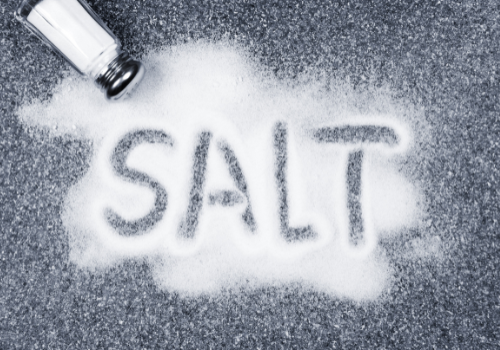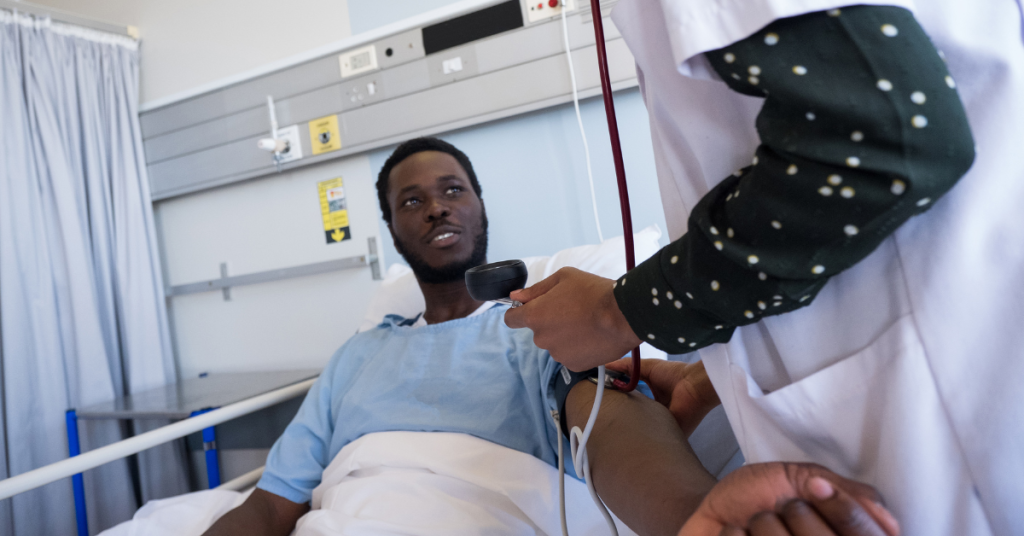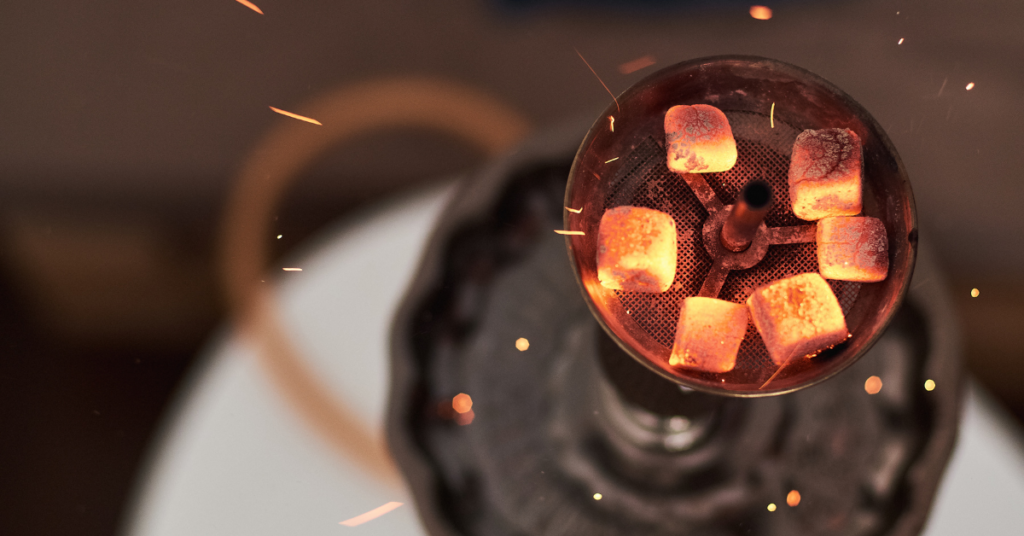Here’s the skinny on sodium and high blood pressure: There’s a good chance you are consuming too much salt, which means your sodium intake exceeds the recommended daily amount.
The U.S. Food and Drug Administration (FDA) states that we should consume up to 2,300 milligrams (mg) of sodium each day, which is equivalent to a teaspoon of table salt. But most Americans consume closer to 3,400 mg daily, about 48% more than the recommended amount.
That excess sodium is why the Centers for Disease Control and Prevention (CDC) estimates that nearly half of U.S. adults, about 47%, or 116 million, have hypertension or high blood pressure.
Left unchecked, elevated levels of blood pressure can result in devastating health effects such as heart attack or stroke. These conditions adversely impact African-Americans and are the two leading causes of death in this country.
Since May marks National Blood Pressure Education Month, we are highlighting 6 things you should know about sodium and high blood pressure.
High BP Caused Over Half a Million Deaths
According to the CDC, high blood pressure was a primary or contributing cause of death for 516,955 people in the U.S. in 2019.
African-Americans Are More Likely to Suffer from High Blood Pressure
High blood pressure is more common in Blacks than in Whites, Asians or Latinx individuals, says the CDC.
Most of Our Sodium Comes from Packaged Foods
Contrary to popular belief, sprinkling too much salt on your fries isn’t the main reason for the rampant hypertension in this country. It’s the amount of packaged, prepared, and restaurant food we eat – all of which contain elevated levels of sodium.
Over 70% of the sodium we consume comes from packaged and prepared food, not from using the salt shaker on the food we cook or eat.
So-Called Healthier Salts Still Contain the Same Amount of Sodium as White Table Salt

Source/Elena Photo
This applies to sea salt and kosher salt, which each contain about 40% of sodium (just like white table salt). So, both are not low sodium alternatives, says the American Heart Association.
While it’s true that pink Himalayan salt contains less sodium, about a third less compared to table salt, it still contains sodium. Nevertheless, the salt we use factors very little into our overall sodium intake since most of it comes from packaged foods.
The Sodium in One Restaurant Entrée Can Exceed the Recommended Daily Amount
The following entrees from these popular fast casual chains are outliers but they illustrate the problem: An order of steak quesadilla and fries from Outback Steakhouse contains 3,260 mg sodium and a full order of ribs from Chili’s with the Texas Dry Rub contains a whopping 5,120 mg (!!!!), reported Prevention magazine.
Moral of story: If you want to consume less sodium, stay home and cook your own meals. Another way is to consider plans such as the Mediterranean diet.
One Fast Food Burger Can Also Contain Too Much Sodium
For instance, the Whopper sandwich from Burger King has 1339 mg of sodium, but its Double Bacon King sandwich contains a whopping – no pun, intended – 2866 mg of sodium about 25% more than the recommended daily amount, according to fastfoodnutrition.org. Popular sandwiches served by McDonald’s are not nearly as bad in terms of total sodium content, but they are not ideal. The standard Big Mac, for instance, contains about 950 mg of sodium, but the Double Quarter Pounder with cheese has 1310 mg, about 57% of the recommended daily amount.












